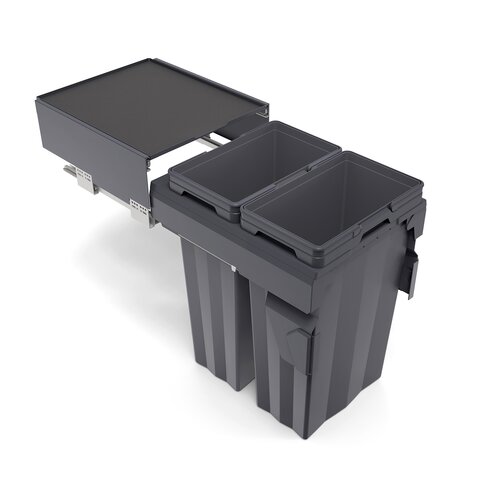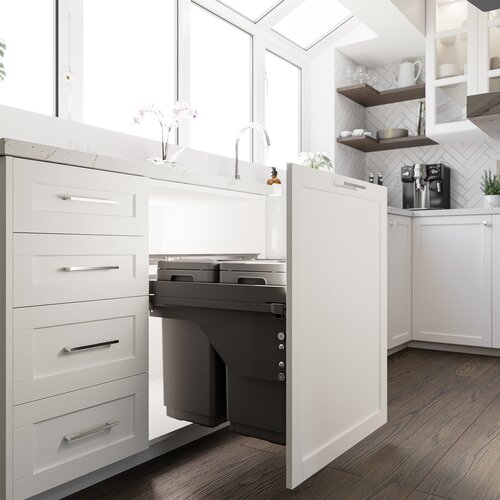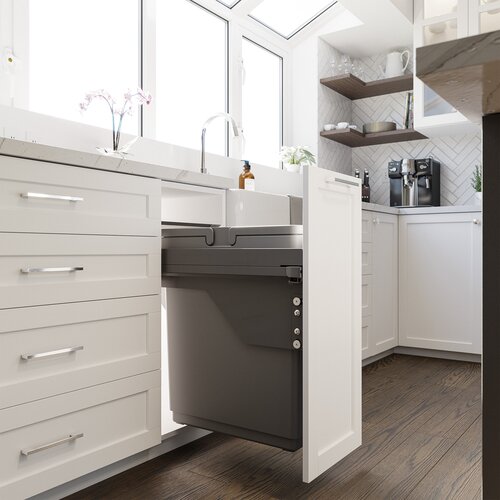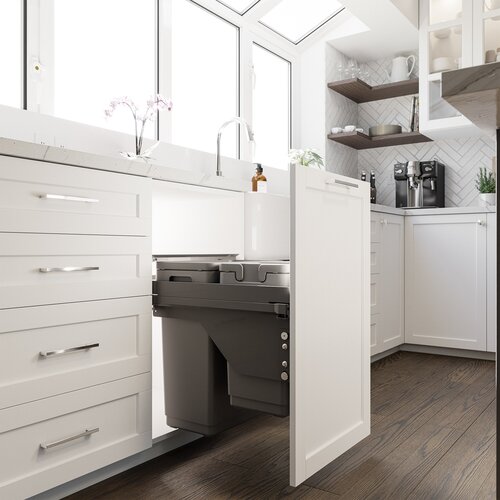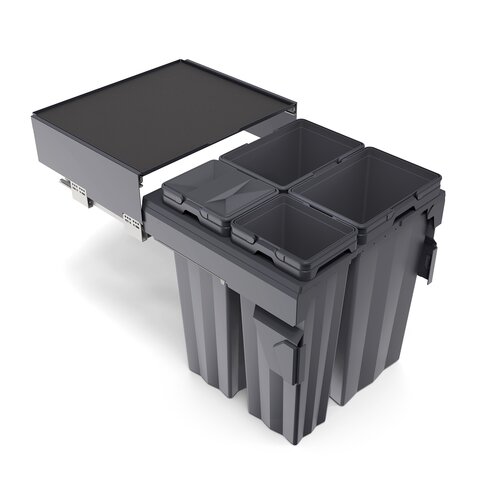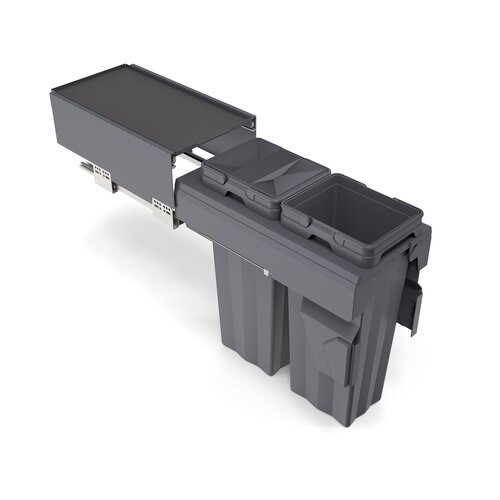The idea of “going green” within the home is not a new one. However, it is continuing to increase in popularity as we focus on renewable energy and sustainable raw materials.
For millennia, renewables and sustainability were the norm. As early nomadic tribes evolved into small villages and eventually large cities, low-impact farming practices, horse-drawn transportation, and reliance on natural weather patterns fueled much of this growth. Unfortunately, as these communities grew larger, so did the need for more food, clothing, and shelter - faster. The Industrial Revolution brought a number of innovations that would provide life's necessities in a fraction of the time. The second Industrial Revolution would increase the efficiency of many of those practices. However, it would prove to have drastic effects on our planet that were not foreseen by their creators.
Today, we know that many of our advancements have had a major negative impact on our planet’s health. Therefore, many companies both large and small are moving toward more sustainable practices. This includes the previously mentioned energy sources and raw materials. But, we can’t rely solely on businesses to become more eco-friendly. As a global society, going green and protecting our planet is everyone’s right and responsibility.
Going Green in Home Design
There are many ways home design can influence sustainable practices.
Heating & Cooling
Proper insulation can keep a home warm or cool for longer, depending on the desired effect. This will cut down on fuel consumption, be it electricity, natural gas, propane, or any other energy source. Solar panels and geothermal technology can also keep average monthly payments low while making use of renewable energy. In addition, some people have harnessed the power of thermal mass by incorporating natural stone and concrete into their homes. The use of a smart home thermostat can also help to lower costs and energy consumption.
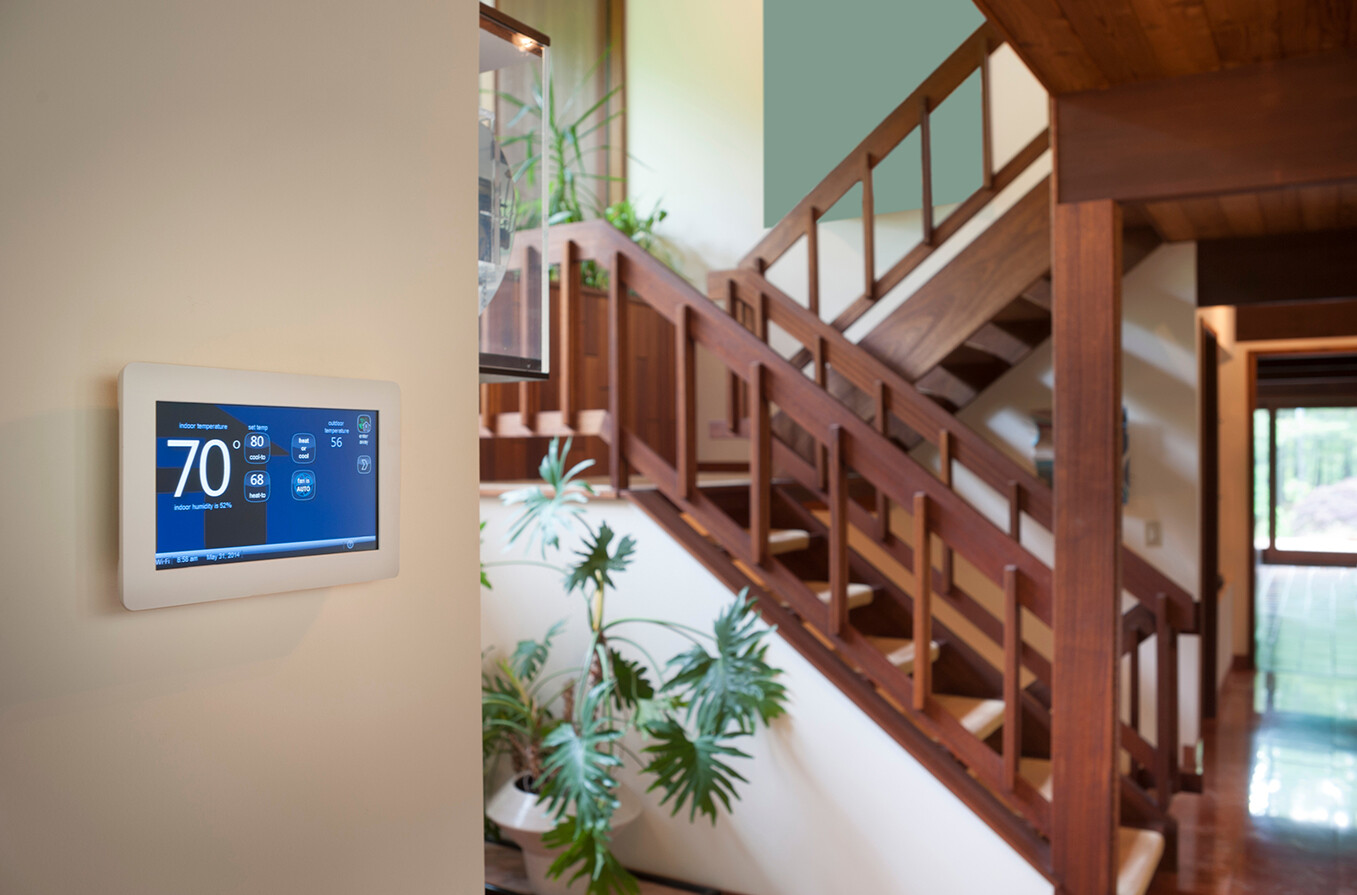
Use Sustainable Natural Materials
The use of wood and stone in home building wavered for a short period of time. Now, it has returned in full force as the idea of too much plastic throughout the home can be off-putting. While stone is not a renewable resource, it can often be broken down and repurposed time and time again. As for wood, we as a global community, need to do better. Tree planting non-profits like One Tree Planted allow people and businesses to pay into restoring our forests.
Designers have found new ways and reinvented old ways to incorporate these natural materials into their home design projects.
Recycling & Composting
At Marathon, we offer dozens of options for waste and recycling storage and disposal. Rugged and durable waste systems all but guarantee a long life cycle. This helps to reduce the need to replace the system that may eventually end up in a landfill itself.
For some sustainable living inspiration, here’s a look at one of the newest trends called Earthships.
Going Green Beyond the Home
Plant Trees
This is one of the best ways to combat the growing concerns around the health of our planet. If you have your own yard, you can plant a few trees that will help to combat carbon emissions. While it may not completely offset your carbon output, any little bit that you can do helps.

Reduce Indirect Carbon Emissions
It is not possible to completely get rid of shipping and the emissions that are expelled into the atmosphere. However, in many areas, there is the option to buy directly from local farmers and cut out the middleman. Most often, you will end up with better tasting, fresher food. In addition, you can have the peace of mind that you are not paying into some largely destructive practices, such as factory farming and long haul shipping (diesel trucks can carry a large carbon footprint).

More Ways to Help Out
The list of ways you can help cut pollution is never ending. However, some of the simplest things you can do are as follows:
-
Reusable grocery bags
-
Reuse plastic takeout containers
-
Reduce the amount of plastics and other single use items
-
Use a reusable water bottle
-
Turn off or unplug electrical equipment when not in use
-
Opt to not operate your vehicle when it isn’t necessary
-
Purchase energy efficient appliances
-
Sell or donate used items that are in good condition, which will help keep them out of landfills
-
Clean up your neighbourhood (organize or take part in a garbage collection/pickup day in your community)
-
Print less and use digital correspondence more
-
Take part in the composting programs or buy your own composter
-
Plus many more…
Going green doesn’t have to be an extreme shock to your lifestyle. If you implement one new practice every week, month, or year, you will be helping the greater good. The earth we depend upon, your fellow man, and the generations to come will thank you.

